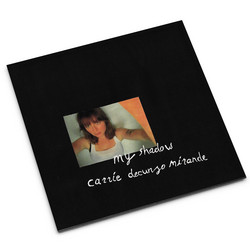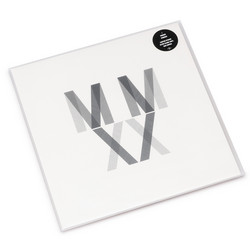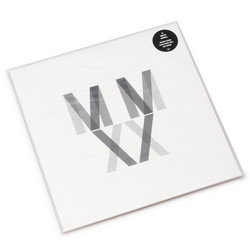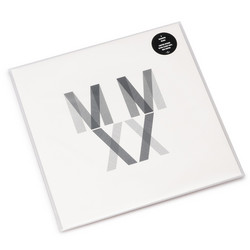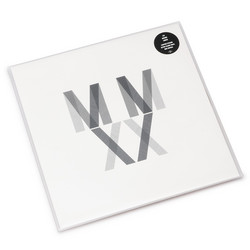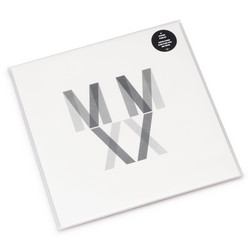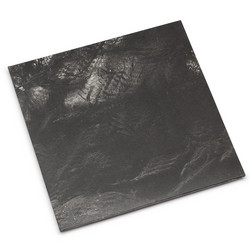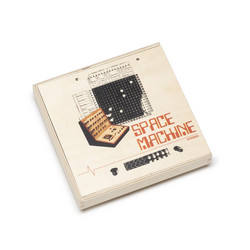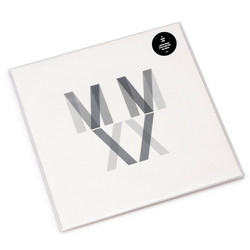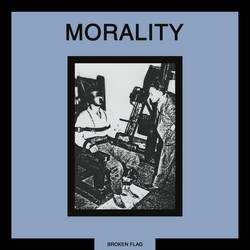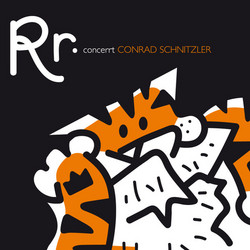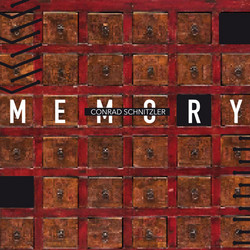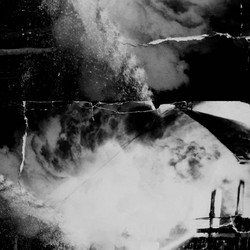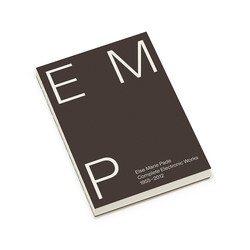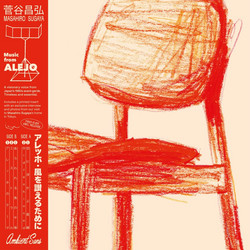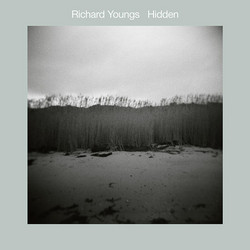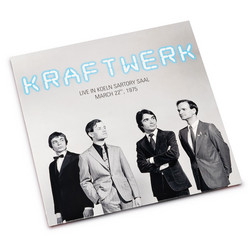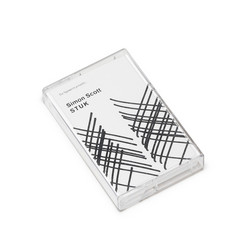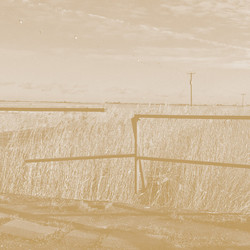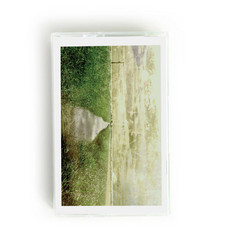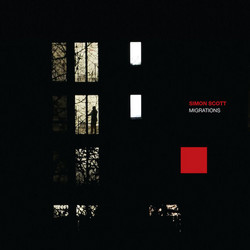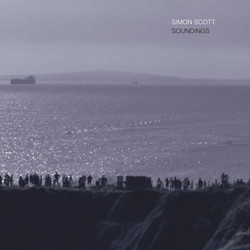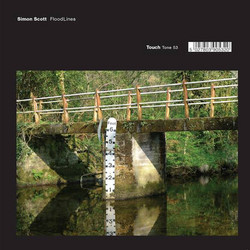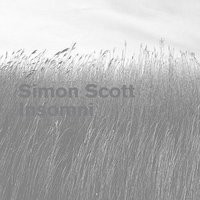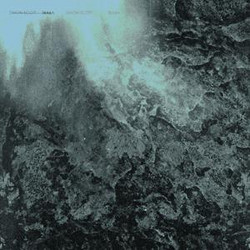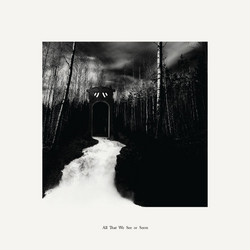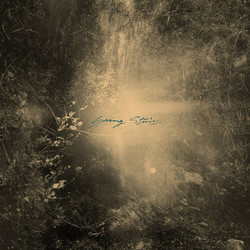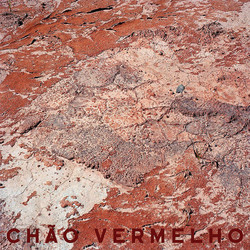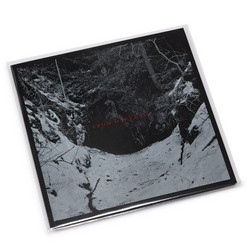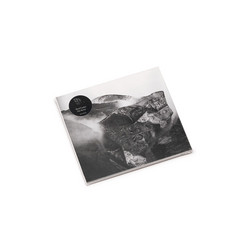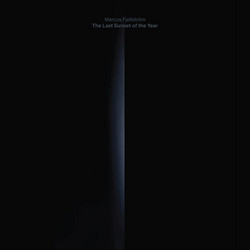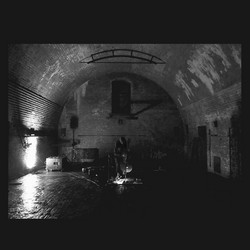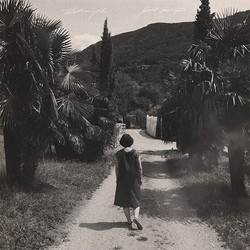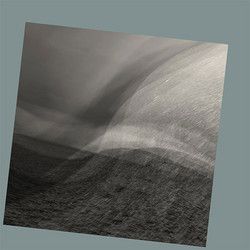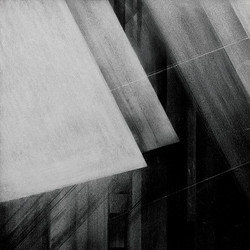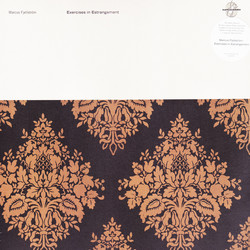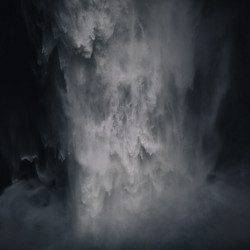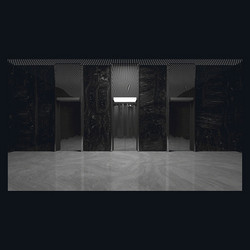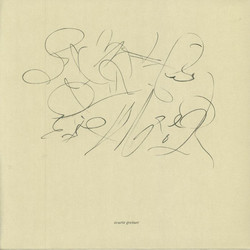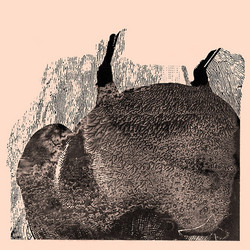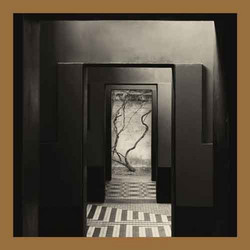Once a member of early nineties daydream shoegazers Slowdive, for whom his manned the drums for four years, Simon Scott has since worked on a variety of projects, including, in recent years, atmospheric pop/electronic outfit Televise, and, more recently, Seavault, a collaboration with ISAN’s Antony Ryan. He is also at the helm of experimental imprint Keshhhhhh Recordings, which he runs from his native Cambridge. For his first release under his own name, Scott couldn’t have found a label more adapted to the vast atmospheric stretches of Navigare than Erik Skodvin’s bleak house of Miasmah. Yet, this album is actually quite a departure for the label, as Scott doesn’t deal with dark orchestral formations, as others on Miasmah, but with meticulously layered processed guitar textures. At first, Navigare sounds rooted in Scott’s former band as Introduction To Cambridge echoes with the hazy spectre of early Slowdive, but soon the record takes a much more claustrophobic turn. If the peaceful sub-aquatic brushes of Under Crumbling Skies for a moment distracts the mind and lets presage of a gentle journey just below the surface, Flood In, and The ACC later on are overwhelmed with distortions and reverbs, the dense guitars layers only partially defined while the drums are given a ghostly aura, drilling deep down a sense of oppression. This album is no hospitable ground. Tortured soundscapes swallow any reminiscence of melody as reverbs are widened to the extreme on the cavernous Repulse, which appears to resonate with echoes of underground torrents of incandescent lava, while substantial cracks, triggered by abrasive distortions, run below the surface of Derelict Days, Spring Stars or Asham, constantly threatening their very fabric and stability. Only The Old Jug And Drum provides a fleeting moment of relief, the distorted church bells at its chore giving it a surprising pastoral touch, even when they are momentarily covered in a coat of metallic particles. With Navigare, Simon Scott has created a contrasted piece of work, its vast sonic landscapes challenged by abrasions, distortions, its structure threatened by decay. There are moments reminiscent of Fennesz here, but Scott’s ill atmospheres and wintry soundscapes make this a much more ominous and dark proposition altogether.
